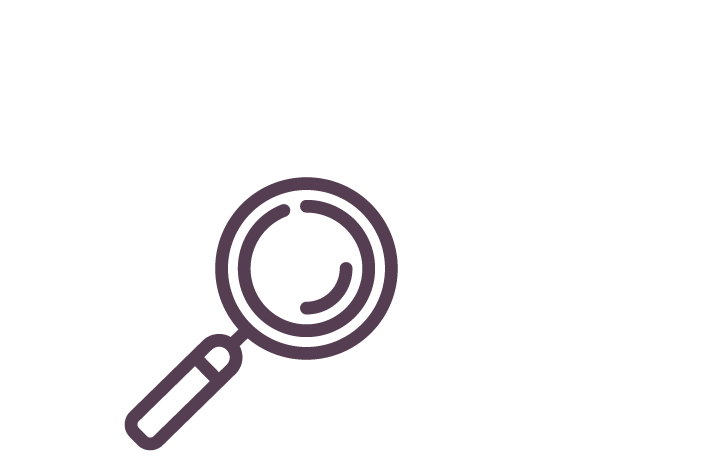Health Equity: The Importance of Inclusive & Thoughtful Messaging
Healthcare and health information aren’t always accessible to all populations, and navigating the system can be intimidating. Because health information directly impacts our understanding of our own health and decisions about care, marketers play a vital role in how health information is conveyed. Our healthcare communication strategies must cater to the cultural, linguistic, environmental and historical situation of each of our audiences. So Estipona Group works closely with our healthcare partners to make sure all audiences can make informed healthcare decisions.
So where do we start to ensure equal access to health information? Let’s take some pointers from the Centers for Disease Control and Prevention (CDC). In the CDC’s health equity guiding principles, they suggest using a health equity lens and inclusive language (you can see the complete guideline here).

To put it simply, using a health equity lens means looking at both positive and negative impacts of proposed messaging. Create messaging with intention, be inclusive and avoid bias and stigmatization so you can effectively connect with your audience.
Keep the following in mind:
- Historical systemic social and health inequities that may have caused communities to lose trust in the healthcare system.
- Acknowledge the diversity of the community you’re reaching out to and engage with them to develop relevant and unbiased messaging.
- Not all members of your audience will have the same literacy level. Err on the side of simpler language that is understandable to all . (Not everyone is going to know what bruxism is!!)
Need Help Creating Equity In Your Health Marketing?

Avoid labeling a group as vulnerable, marginalized or high-risk. It implies that they’re at fault instead of the systems or conditions that have affected them.
Consider:
Groups that have been economically/socially marginalized
- Groups placed at increased risk of…
- Disproportionately affected groups
Use person-first language. A person is affected by their condition. It isn’t their whole identity.
Instead of:
- Diabetics
- Disabled people
- Victims
Consider:
- People/person with diabetes
- Person with mobility disability/vision impairment/etc.
- Survivors of…
Avoid using labels like ex-convict, drug users, crazy or “the poor.” Try the following instead:
- People who were formerly incarcerated
- People with substance use disorders
- People experiencing mental illness
- People with lower incomes

Reach out to the community you’re serving. The best way to ensure your audience picks up what you’re laying down is to talk to them. Put out surveys, canvas the community, and use data analysis to determine what type of messaging they are engaging with already. The better you know your audience, the better you can communicate with them.
Diversify your workforce.
Increasing diversity in your team isn’t about marking a checkbox. It’s about creating more opportunities for insight and ideas that can help you better communicate with your audiences. Hiring employees that fit your target market or who have more knowledge on new messaging strategies can help you create better messaging that’s straightforward and relevant.
Need help creating inclusive and equitable health messaging? Conveniently, we do that. Contact us for insight and guidance on making sure all your audiences feel seen and respected.



